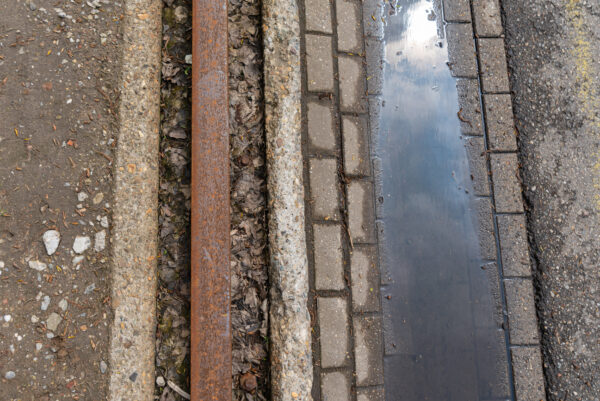1F Opti-SENSE: Optimal placement of sensors in storm and wastewater networks

Background
Currently, the deployment of sensors for measurement and monitoring is largely based on local knowledge. This has worked well for a long time as metering of the grid has been associated with high costs. Developments in IoT allow for the installation of large numbers of sensors that also measure in a different way to the traditional flow measurement we are used to. To achieve increased system understanding from this new type of measurement and monitoring, new knowledge in sensor technology is needed.
The project aims to contribute knowledge in new types of measurement and monitoring to achieve a significantly improved hydraulic understanding compared to the methods we currently use.
The backbone of measurement and monitoring on the gravity network has been flow measurement. Both permanent installations and campaign metering often involve costs of 100,000s of SEK for installation and maintenance.
By using level meters instead, we can expect more metering at a lower cost, and maintenance requirements are likely to decrease significantly.
By strategically and optimally deploying level meters, we can achieve an even higher level of efficiency.
The aim of the project
The objective is to develop, through a case study in an area within NSVA, an adapted methodology for the placement of level sensors to best characterize the water movement (hydraulics) in storm and wastewater networks with the minimum number of sensors.
Through a literature review, different sensor placement techniques will be examined to identify suitable methods. A selected suitable method will be developed and tested for optimal placement of level sensors. This includes analyzing the network hydraulics, selecting the sensor placement techniques, implementing the adapted methodology and evaluating its performance.
Info
Project categories
Sustainable decision supportProject status
OngoingTimetable
2024 – 2026
Project manager
Salar Haghighatafshar, Watrix AB, Salar@watrix.se
Project client
Henrik Aspegren, Sweden Water Research
Project participants
Sofia Dahl, NSVA
Sven Bengtsson, NSVA
Daniel Espinoza, LTH
Maja Sondell, LTH
Related projects
1.5 From hidden drinking water network to full access for smart decisions
1.6b Decision support for sustainable management of infiltration and inflow to wastewater systems
1.13 Leakage detection in water distribution networks
1A Climate adaptation of urban water systems
2B Barriers and enabling factors for digitalisation in the Swedish water sector
Partner
Sweden Water Research AB, Watrix AB, NSVA, LTH